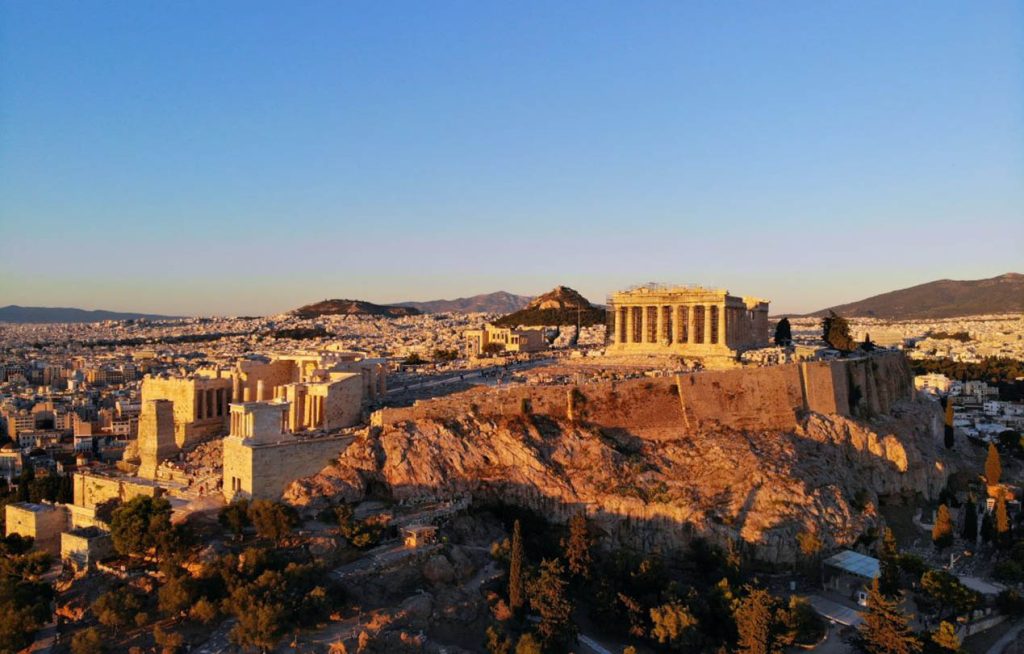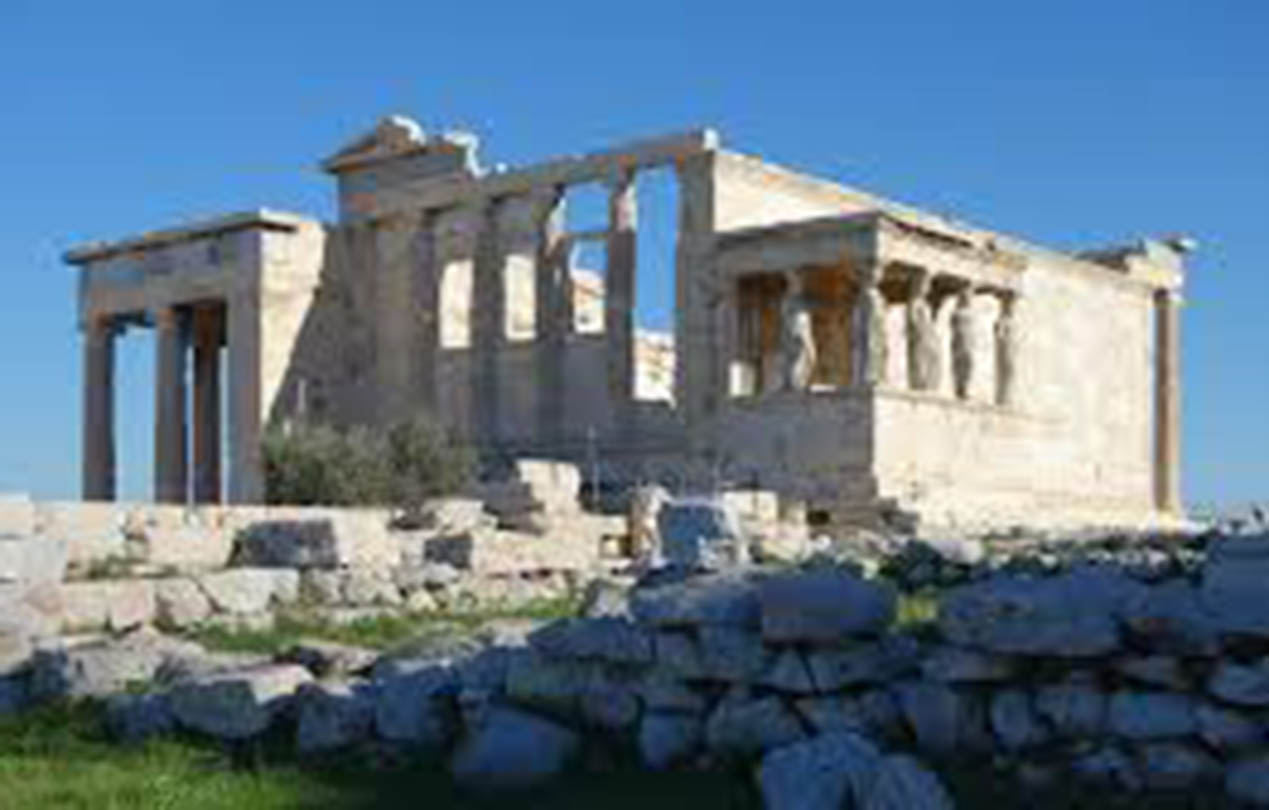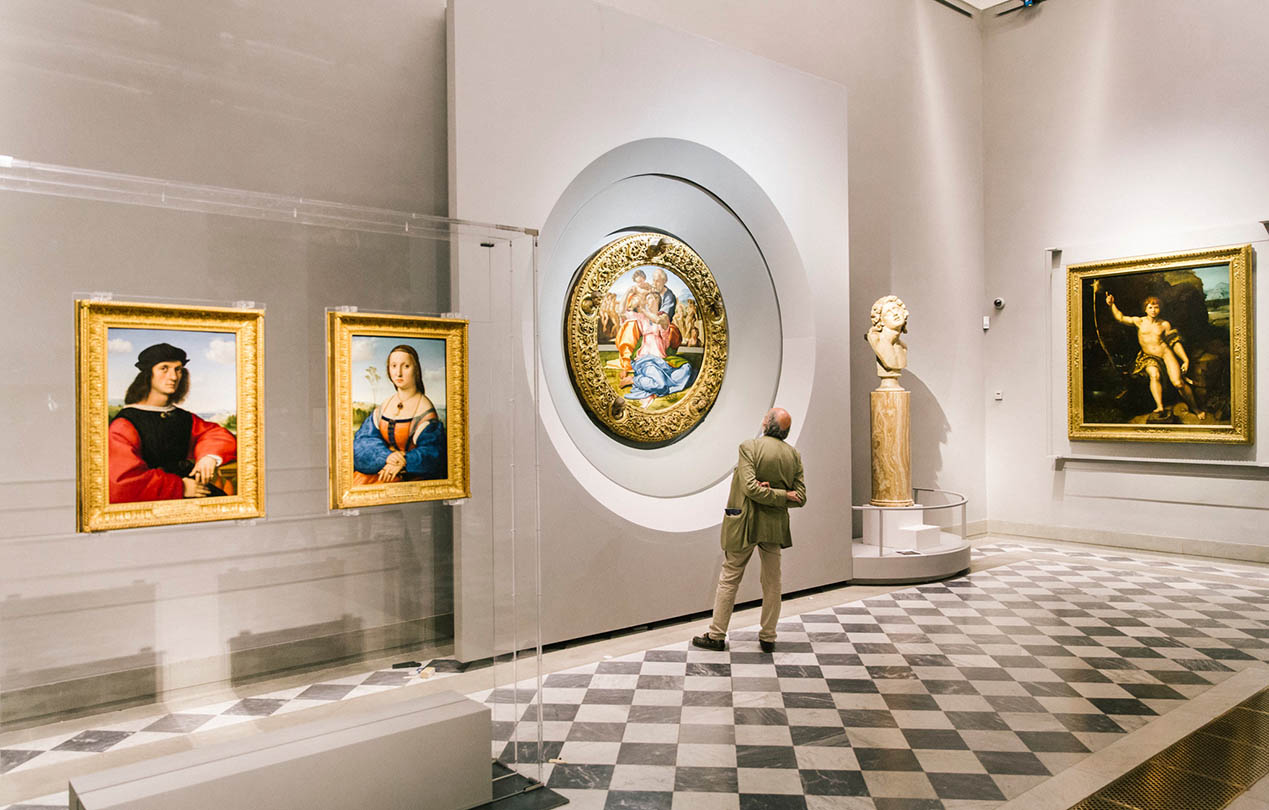Athens has always been a dream destination for me. And when I finally stood at the foot of the Acropolis, gazing up at the majestic Parthenon Temple, I truly felt the soul of this ancient city. The Acropolis is not only one of Greece’s most iconic historical sites, but also an essential symbol of human civilization, embodying the ancient Greek people’s infinite pursuit of faith, art, and wisdom.
I’ll take you on a deep dive into the Acropolis, uncover its brilliant history, and share practical tips about tickets, transportation, and more to help you better plan your visit to Athens.
The Acropolis: From Military Stronghold to Religious Sanctuary
The Acropolis is located at the highest point of Athens, and when it was first built, it served as a military stronghold to protect the city from invading forces. However, over time, it transformed into a religious sanctuary dedicated to Athena, the goddess who protected the city.
The structures on the Acropolis represent the pinnacle of ancient Greek architecture, including the most iconic examples of the Doric and Ionic styles, as well as temples, columns, and sculptures that create a magnificent visual masterpiece.
In 1987, the Acropolis was designated as a UNESCO World Heritage Site due to its outstanding architectural achievements and its profound cultural and historical significance. It serves as a timeless symbol of ancient Greek civilization.
To truly absorb the grandeur of this site, I recommend setting aside at least two hours to explore its every corner, appreciating the craftsmanship that has survived for over 2,500 years.
Acropolis Opening Hours & Ticket Information
Opening Hours
- Summer (April 1 – October 31): 08:00 AM – 08:00 PM (last entry at 07:30 PM)
- Winter (November 1 – March 31): 08:00 AM – 05:00 PM (last entry at 04:30 PM)
Note: There are free entry days during the year, such as on March 6 (the commemoration of Melina Mercouri), April 18 (International Day for Monuments and Sites), and the last weekend of September (European Heritage Days). If your trip coincides with these dates, you can visit the Acropolis for free!
Ticket Prices (2024)
- Acropolis Single Ticket: 20 Euros (peak season), 10 Euros (off-season)
- Acropolis Combo Ticket: 30 Euros, including access to several other important archaeological sites like the Ancient Agora, Temple of Olympian Zeus, Roman Forum, and more, valid for 5 days.
Where to Buy Tickets:
- On-site: You can purchase tickets directly at the entrance (however, lines can be long during peak season).
- Online: I highly recommend booking tickets in advance through the official Greek Ministry of Culture website link to skip the lines and ensure a smooth experience.
How to Get to the Acropolis? (Transportation Tips)
The Acropolis is conveniently located in the heart of Athens, making it easily accessible from the airport, port, and other parts of the city. Here’s a breakdown of how you can reach the Acropolis from different locations:

From Athens International Airport (ATH)
- Metro: Take the Blue Line (Line 3) directly to Monastiraki Station and walk about 15 minutes (around 40-50 minutes total).
- Airport Bus: Take the X95 Airport Bus to Syntagma Square, then switch to the Metro or walk (around 60 minutes).
From Piraeus Port (Port of Athens)
- Metro: Take the Green Line (Line 1) to Monastiraki Station, then walk to the Acropolis (around 35-40 minutes).
- Taxi: Approximately 25 Euros, taking about 25-30 minutes.
From the City Center
- Metro: Take the Red Line (Line 2) to Acropoli Station, and you’ll find the entrance right outside.
- Walking: If you’re staying in the Plaka or Monastiraki area, it’s only a 15-20 minute walk to the Acropolis. Key Attractions at the Acropolis
Parthenon Temple
This is the most famous structure on the Acropolis, dedicated to Athena. Built in the Doric style, it is both a symbol of Greek culture and an emblem of Western civilization. Standing before the Parthenon, I couldn’t help but marvel at its scale and the perfection of its design.
Erechtheion Temple
Known for its exquisite Caryatids, or columns shaped like female figures, the Erechtheion is one of the most elegant temples on the Acropolis. Its architectural beauty and historical significance make it a must-see.
Theatre of Dionysus
One of the oldest theaters in the world, the Theatre of Dionysus could hold up to 17,000 spectators. This is where ancient Greek tragedy and comedy were performed, and it is truly a site One of the oldest theaters in the world, the Theatre of Dionysus could hold up to 17,000 spectators. This is where ancient Greek tragedy and comedy were performed, and it is truly a site
Acropolis Museum
Highly recommended! Located just a short walk from the Acropolis, this modern museum houses a vast collection of sculptures, pottery, and artifacts found at the Acropolis, offering a deep dive into the artistic and cultural achievements of ancient Greece.

Practical Tips for Visiting the Acropolis
Best Time to Visit: I recommend visiting early in the morning or late in the evening to avoid the midday heat and crowds.
What to Wear: The pathways inside the Acropolis are mostly paved with stone, so wear comfortable, non-slip shoes. In summer, make sure to bring sunscreen, a hat, and plenty of water to stay hydrated.
Photography Tips: A great spot for panoramic photos of the Acropolis is Areopagus Hill (the Hill of Ares), where you can capture stunning views of the ancient ruins and the surrounding city, especially at sunset.
Avoid Crowds: During peak season, I recommend purchasing tickets online in advance and entering from the East entrance to avoid the long queues at the West entrance.
Final Thoughts
The Acropolis of Athens is more than just an archaeological site; it is a journey back in time to ancient Greek civilization. Whether you are a history enthusiast, an architecture admirer, or simply someone who appreciates beauty and culture, the Acropolis will leave you with a sense of awe and admiration.
I hope this guide helps you better plan your visit to the Acropolis and immerse yourself in the wonders of ancient Greece. If you’ve already visited, feel free to share your experience in the comments below!



